In Boundary Bay, British Columbia, removal of logs and debris is giving native flora and fauna a helping hand.
It had been 15 years since I’d walked the gravel dyke overlooking the intertidal flats of Mud Bay, part of the larger Boundary Bay Wildlife Management Area near Vancouver, British Columbia. Except for a few more signs and benches along the path, everything felt the same – and yet it wasn’t.
Straddling the municipalities of Delta and Surrey, Boundary Bay is denoted by the Ramsar Convention of Wetlands as a region of biodiverse importance. It isn’t hard to see why. The seaward view is stunning.
Raised islands of marsh grass join with tidal mud flats extending out to the horizon to meet the Salish Sea, which on this day was glistening serenely in the late summer sun. Grasshoppers hidden in foreshore perennial grasses created a musical symphony as they clicked their legs and wings in constant harmonic communication with one another. Dragonflies whizzed past me, hunting for smaller insects such as the endangered Audouin’s night-stalking beetle, found only here and on southern Vancouver Island.
“Everything on a tidal marsh interconnects,” says Anne Murray, a founding member of the Delta Naturalist Society. “The incoming tide brings invertebrates that birds and small mammals hunt. Snow geese, swans and sandhill cranes stop here to rest on their migratory treks.”
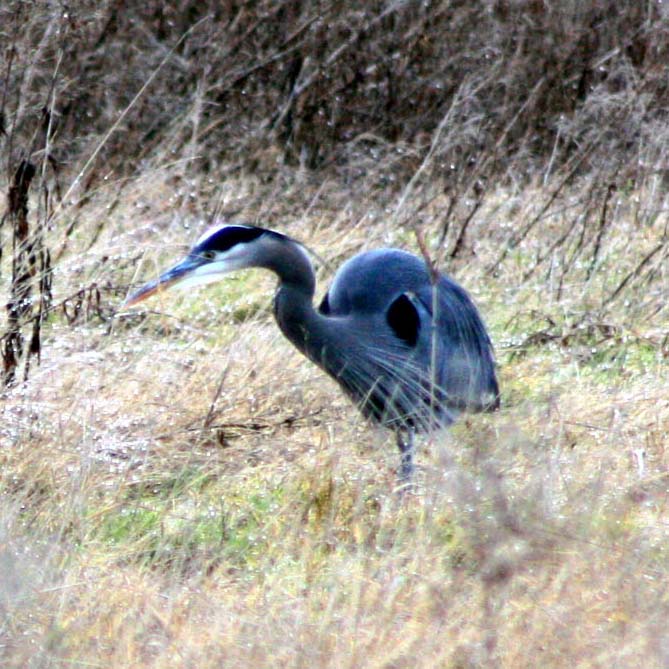
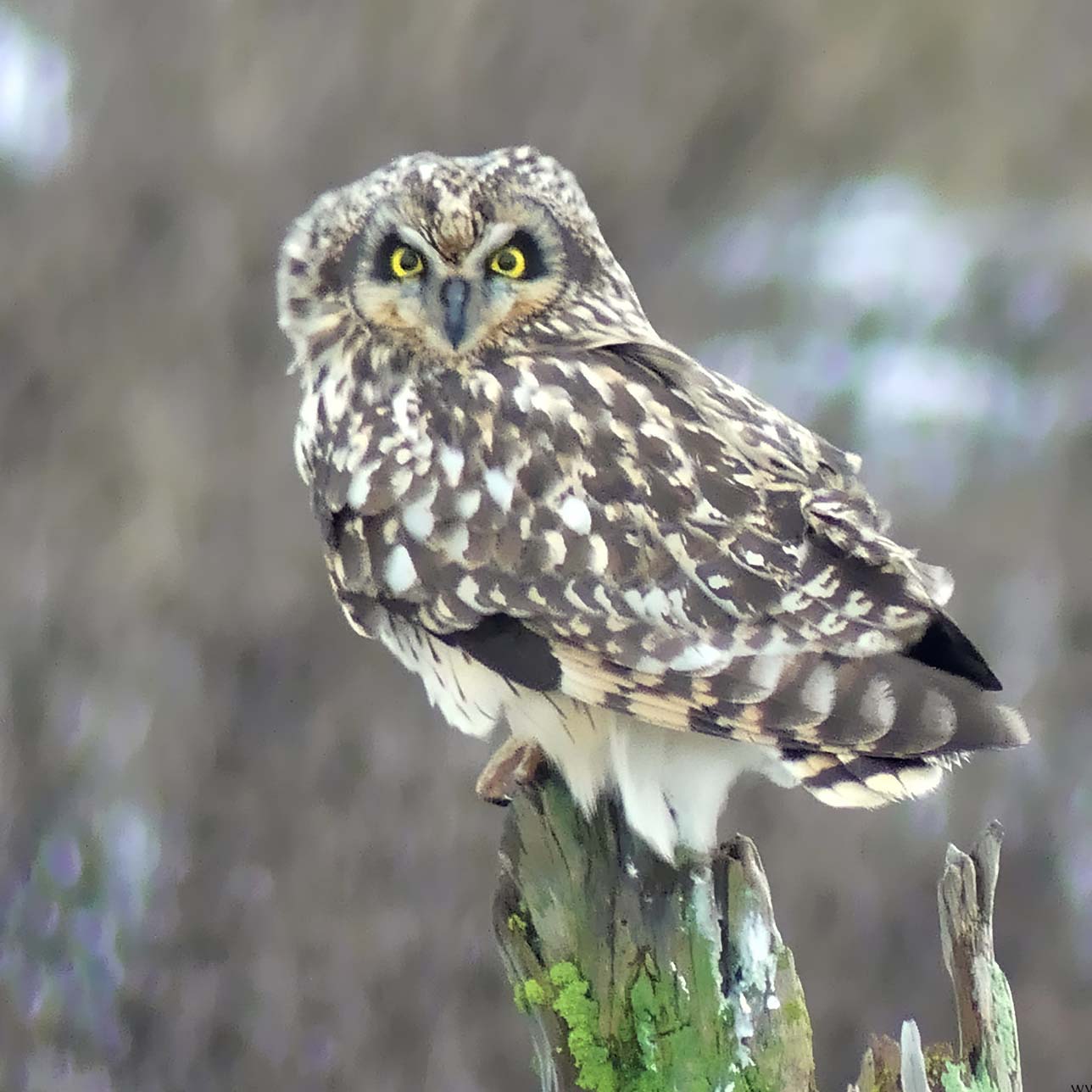
Some of Boundary Bay's bird life. Left: a blue heron. Photo: James Abbott / Flickr. Right: a short-eared owl. Photo: Michael Klotz / Flickr.
It was clear the birds felt comfortable. On a raised grassed island in the middle of the expanse of mud, a colony of blue herons had mustered. Listed as a species of special concern in Canada, the bird underscores the importance of ecosystems such as this – and why Ducks Unlimited, whose mission is to restore and manage wetland habitats in North America, launched the Boundary Bay Tidal Marsh Restoration Project.
“Tidal wetlands are natural breakwaters,” says Eric Balke, senior restoration biologist and Fraser River Estuary program manager with the conservation group. “As strong tides and storm surges drive in from the ocean, their force is broken against the plants growing along the foreshore and in the intertidal zone.”
But not here. For decades, logs have broken free from storage facilities and industrial sites throughout the Fraser River Estuary. Driven by ocean currents and storms, they’ve piled up on the foreshore, all weathered and grey. They appear as pieces of natural art dotting the landscape – but in reality, they are deadly.
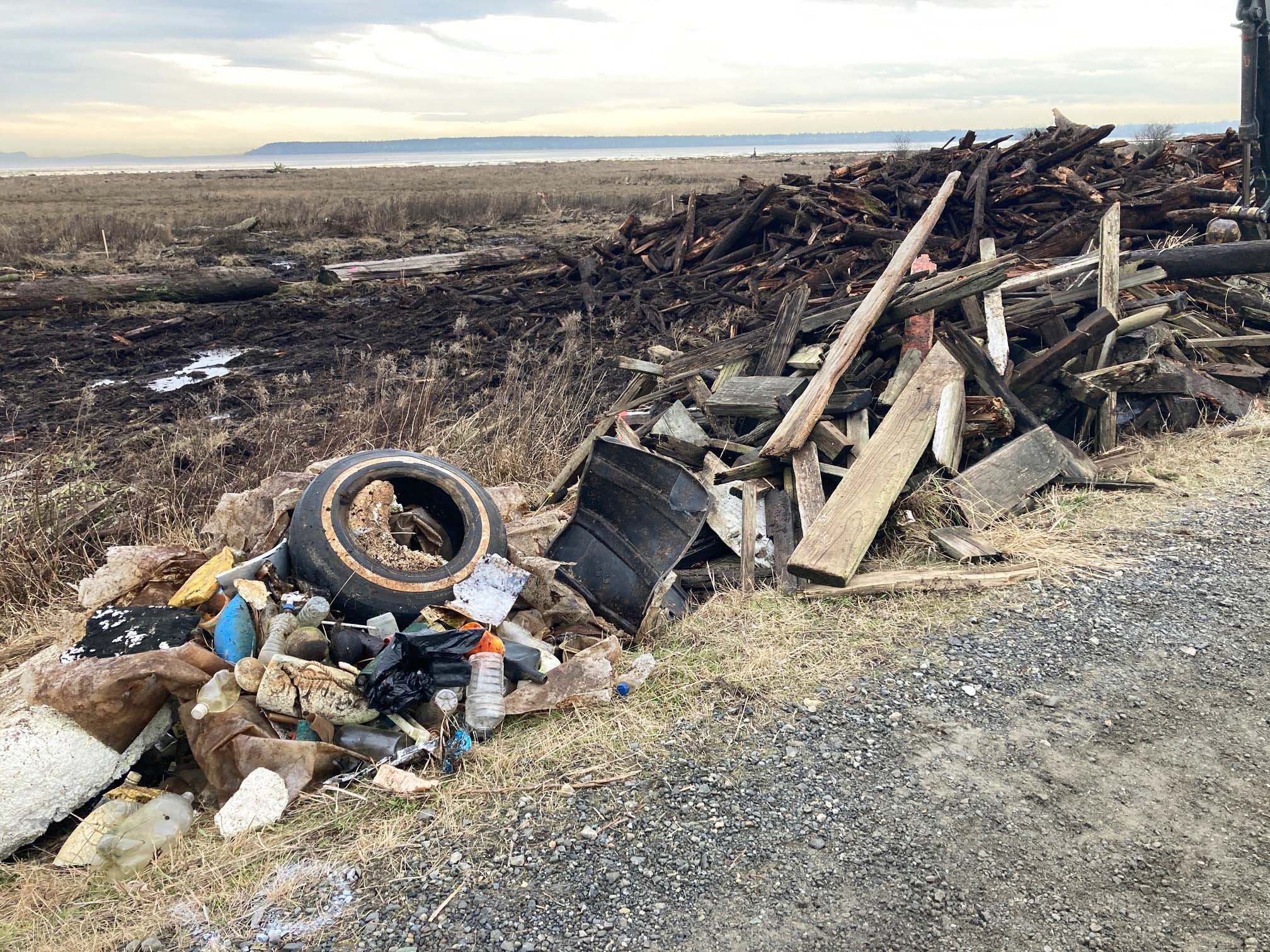
“Some are coated with legacy contaminants, including creosol,” Balke says.
Without roots to ground them, the logs continually move with the tide, smothering the vegetation underneath. If left here, they’d asphyxiate the entire ecosystem.
Ducks Unlimited is trying to ensure that doesn’t happen. The first part of a planned restoration took place in the winter of 2023 and focused on a small area, just 1.5 hectares. Uncontaminated logs held in place by root wads or branches were left to serve as perches for birds, or protected windbreaks for plant life. Excavators removed the remaining debris. Contaminated wood was destroyed and what could be was recycled.
The results were almost immediate.
“This past spring, the perennial grasses and foliage began to return,” Balke says. “We plan on continuing to monitor the area and over time remove more logs.”
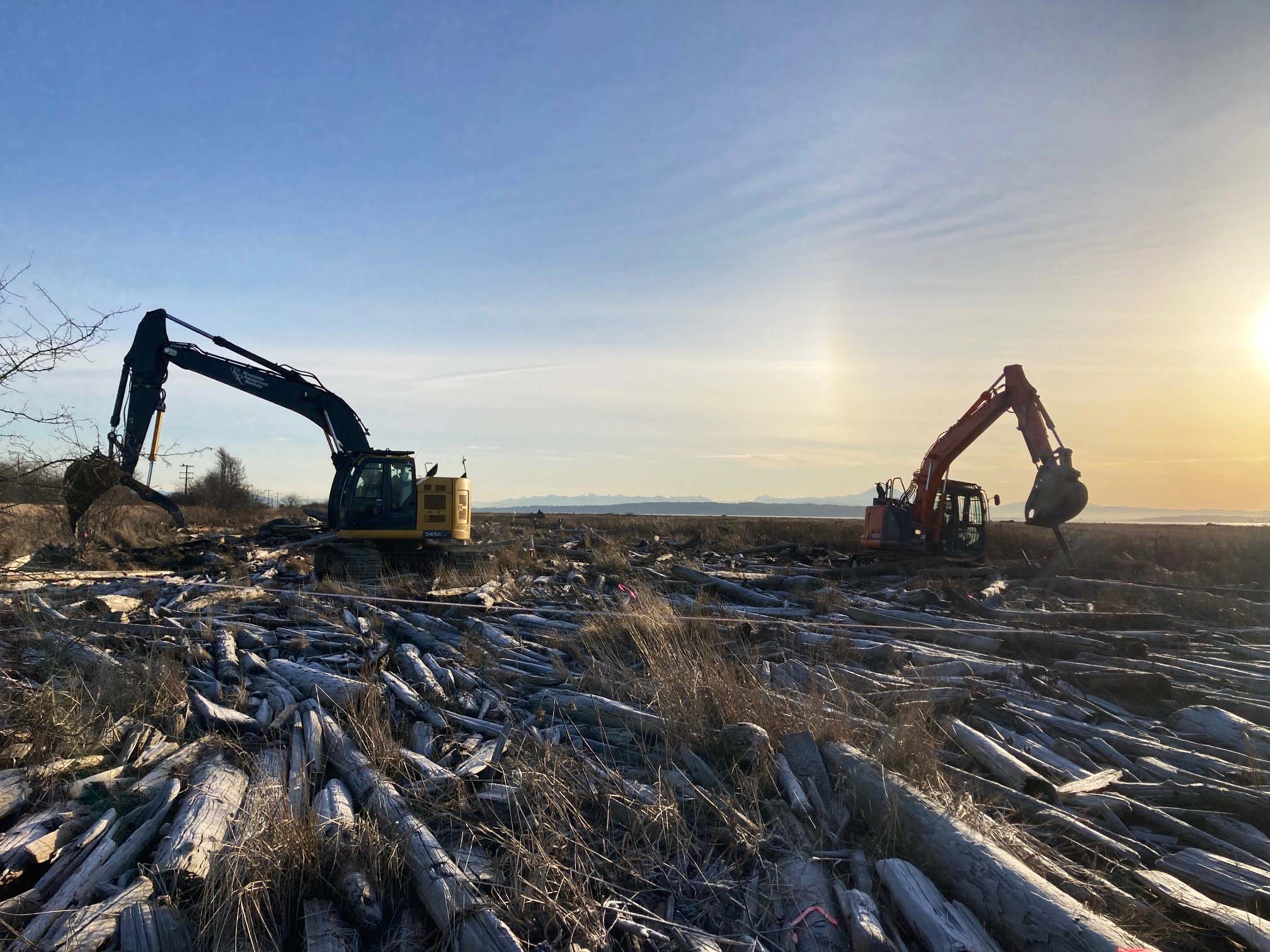
But this isn’t the elixir to all the area’s troubles.
The 21-kilometre dyke encircling the bay was originally built to protect the surrounding farmland from flooding, but is now causing the wetland to malfunction. Without the dyke, the buildup of ocean soil and sediment would have enabled the inward movement of the intertidal zone. With nowhere to go, the sediment has instead mounded up alongside it.
“The seaward side of the dyke is now higher than the landward side,” Balke says.
The effect is called coastal squeeze, and it’s a problem that, without intervention, is only going to get worse. As a warming planet causes glaciers and polar ice to melt, sea levels are predicted to rise by up to two metres over the next century. This will create higher tides and storm surges. The natural buildup of sediment and the manmade dyke will work against each other, with nature eventually overreaching the other. The result could cause inland flooding.
Ducks Unlimited is working with local communities and Indigenous groups in the southeastern corner of Boundary Bay, past the end of the dyke trail, to find solutions.
Gradually, over decades, sediment from the bay will be manually deposited, allowing the wetland to expand inward. As this happens, the area will be able to absorb sea level rise and act as the breakwater nature designed it to be. If the mitigation efforts are successful, they could be applied to the whole region. I hope they are.
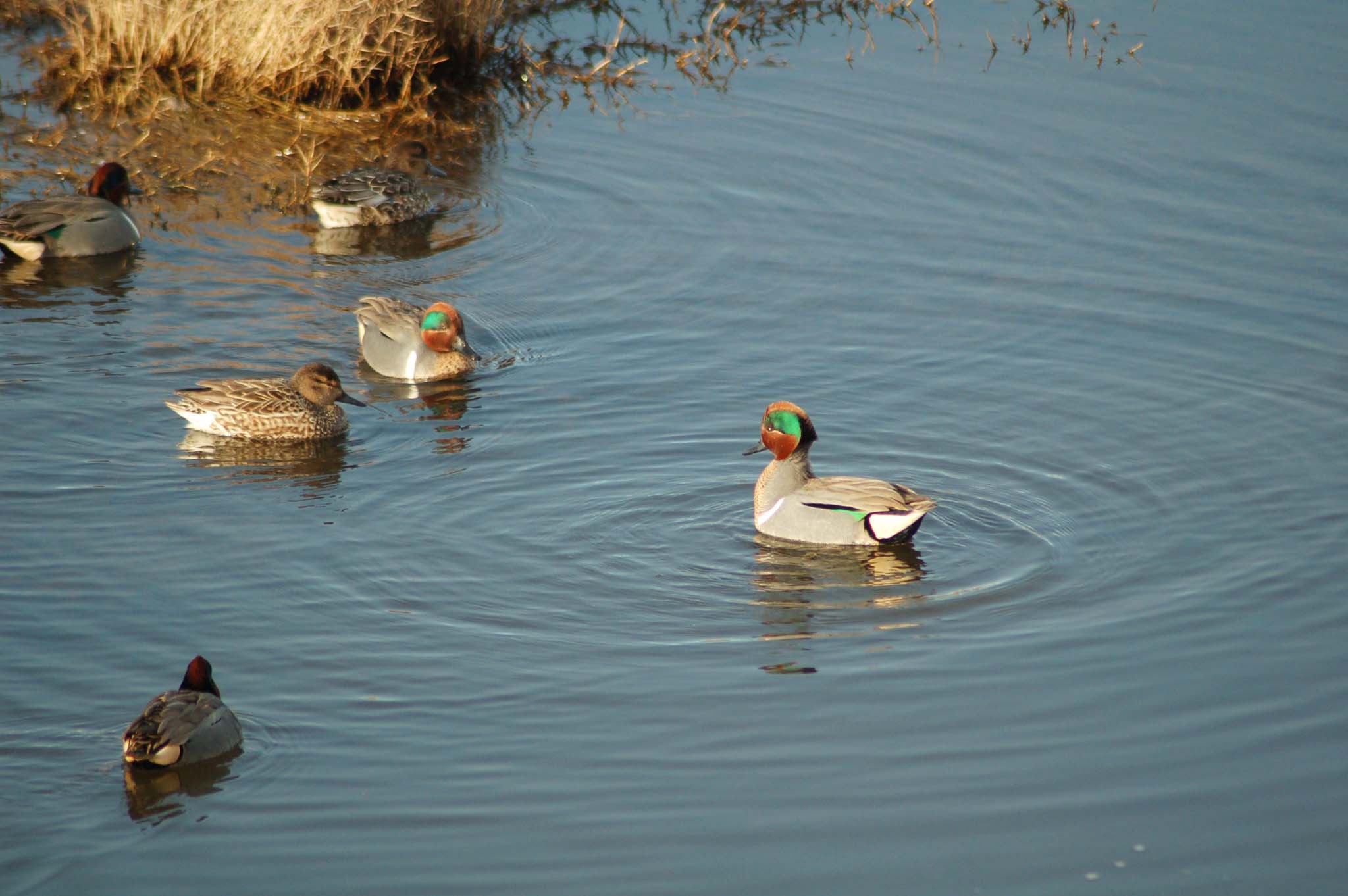
Walking through the bay, it’s hard not to care about what happens to these lands. Leaving the footpath, I spotted an eagle hunting in a nearby field. Its methodical, circling dives were spellbinding.
“The area is home to hundreds of raptors,” Murray says. “They hunt for voles and smaller mammals that live in the fields, foreshore grasses and hedgerows.”
She, too, warns of dangers the area faces, including the risk of the farmland, which has become part of the ecosystem, being removed from British Columbia’s Agricultural Land Reserve and developed. “In order for this place to continue to exist,” she says, “people have to know about it and value it – before it’s too late.”


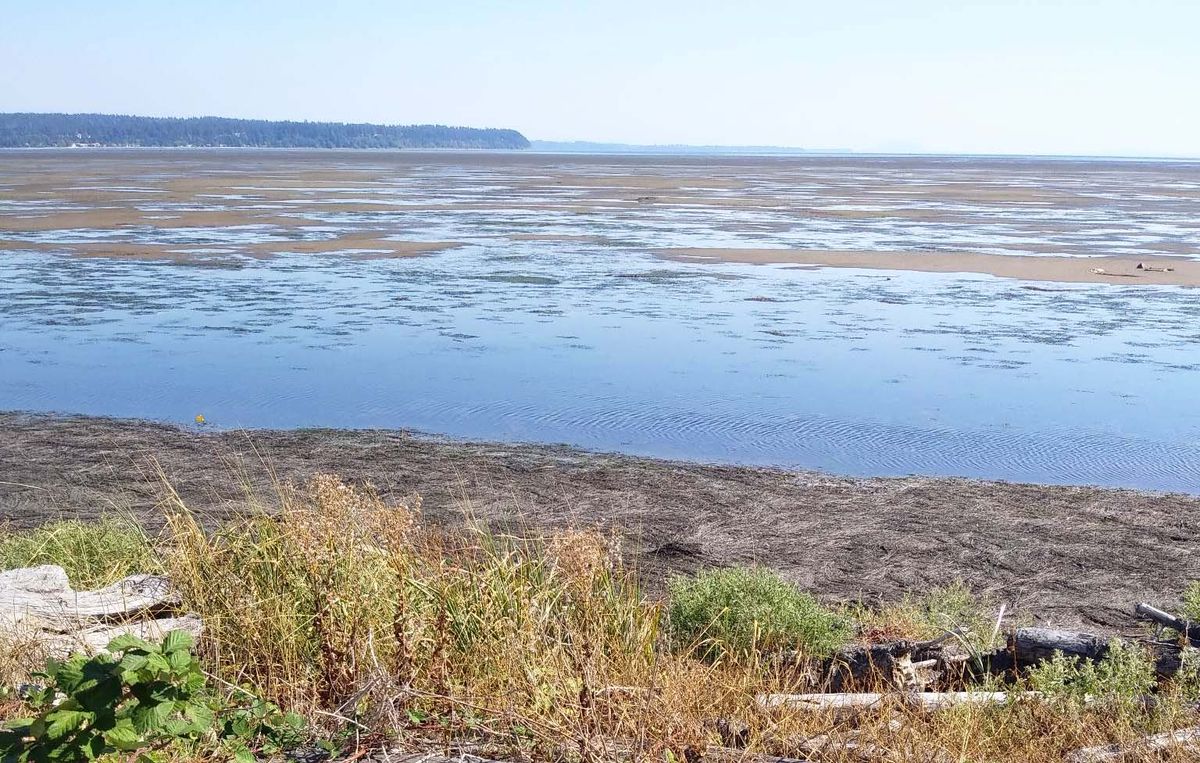
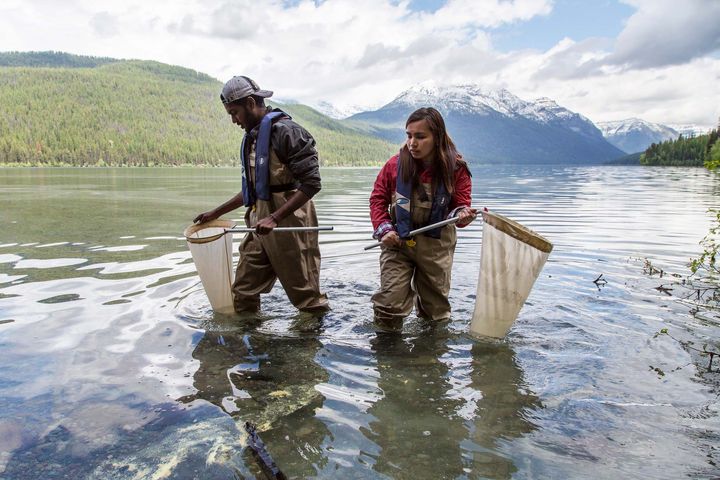
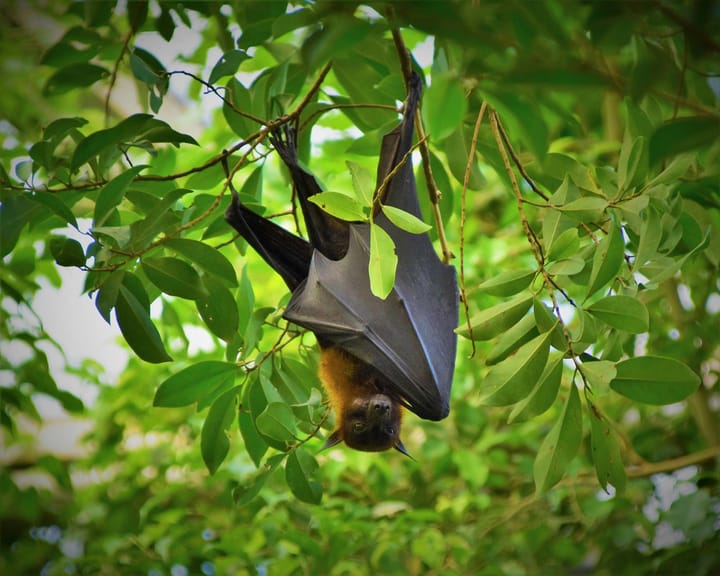
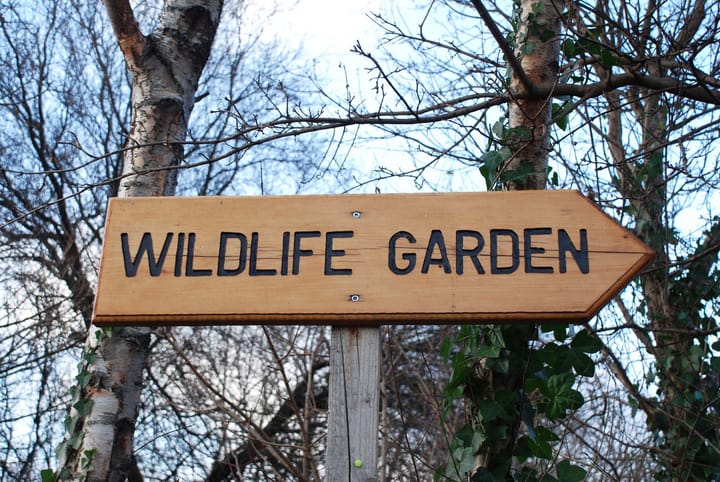
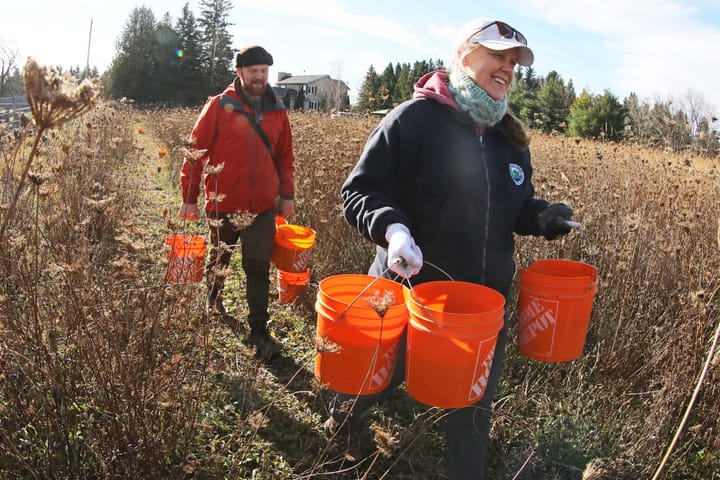

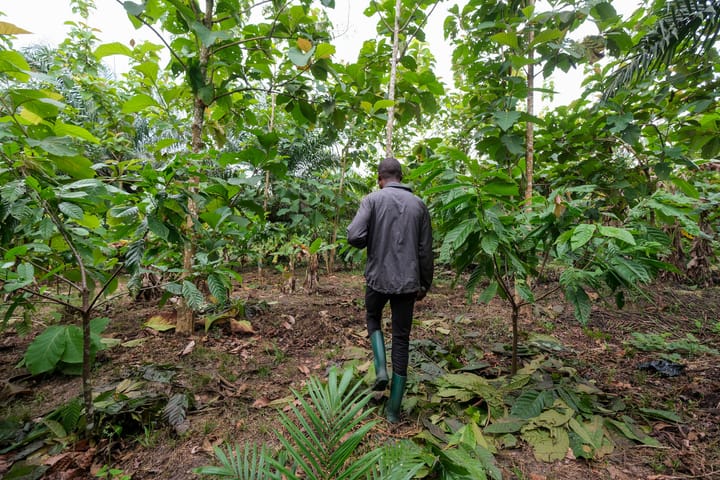
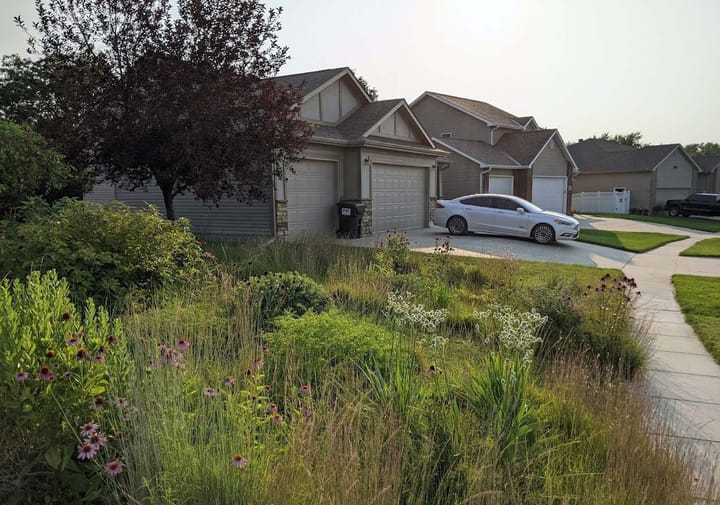
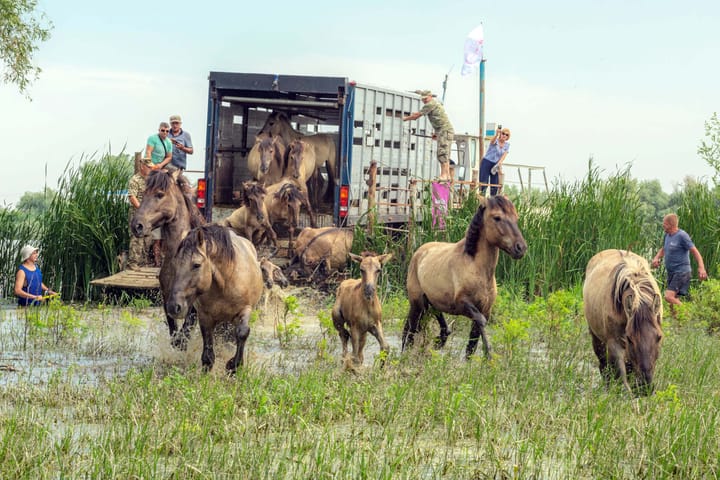
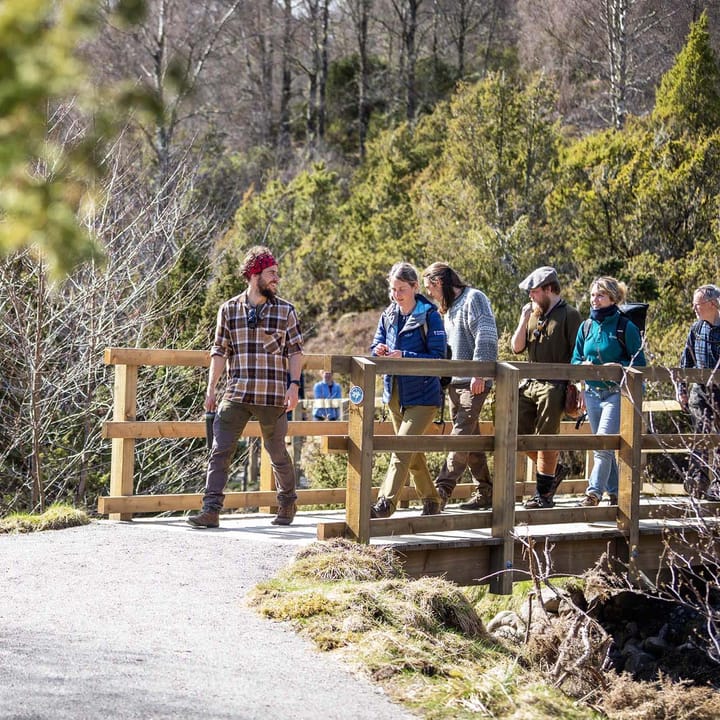
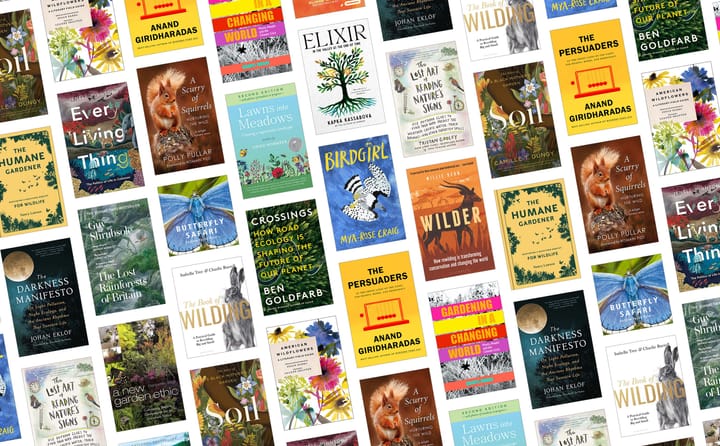
Comments ()